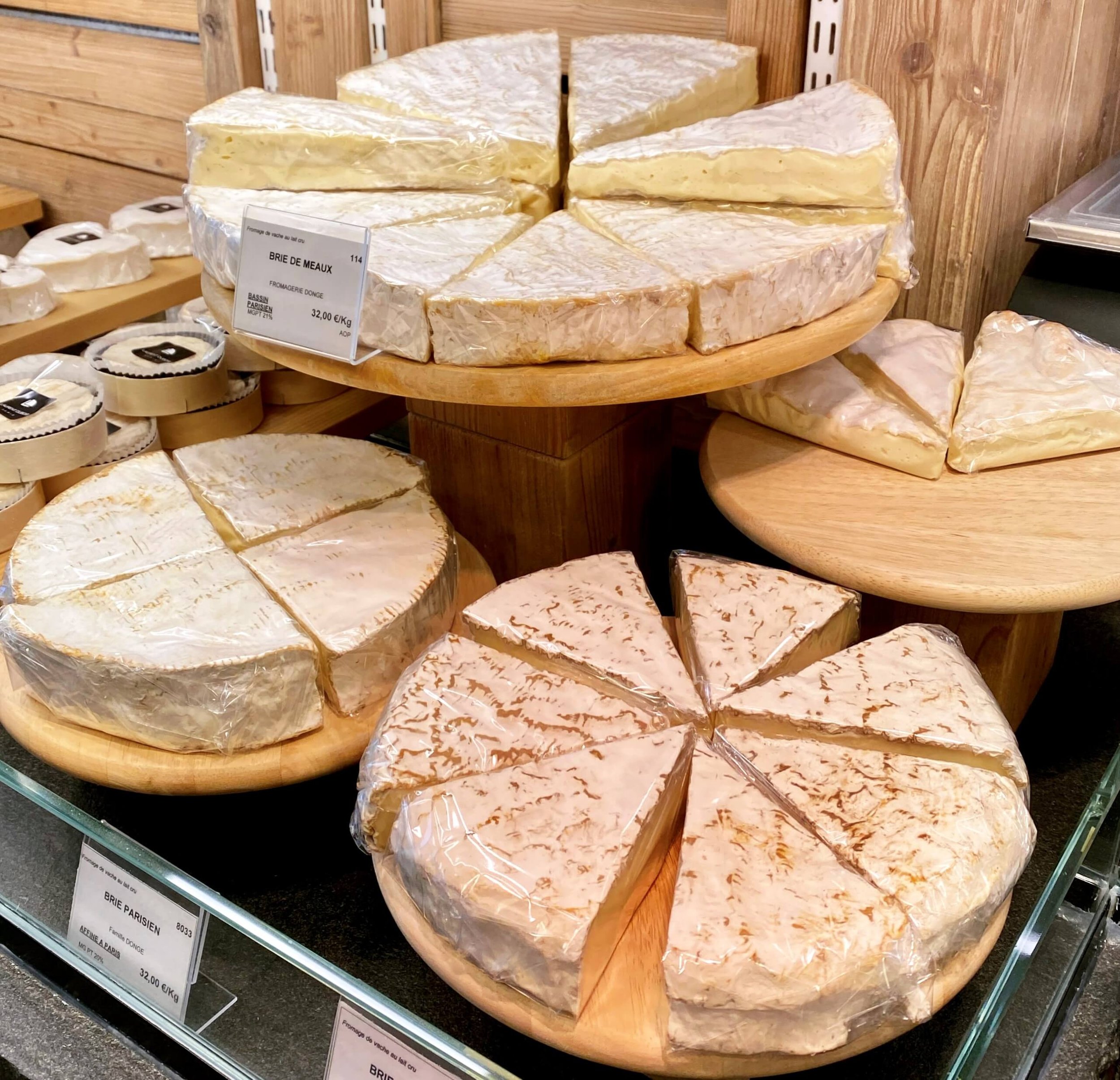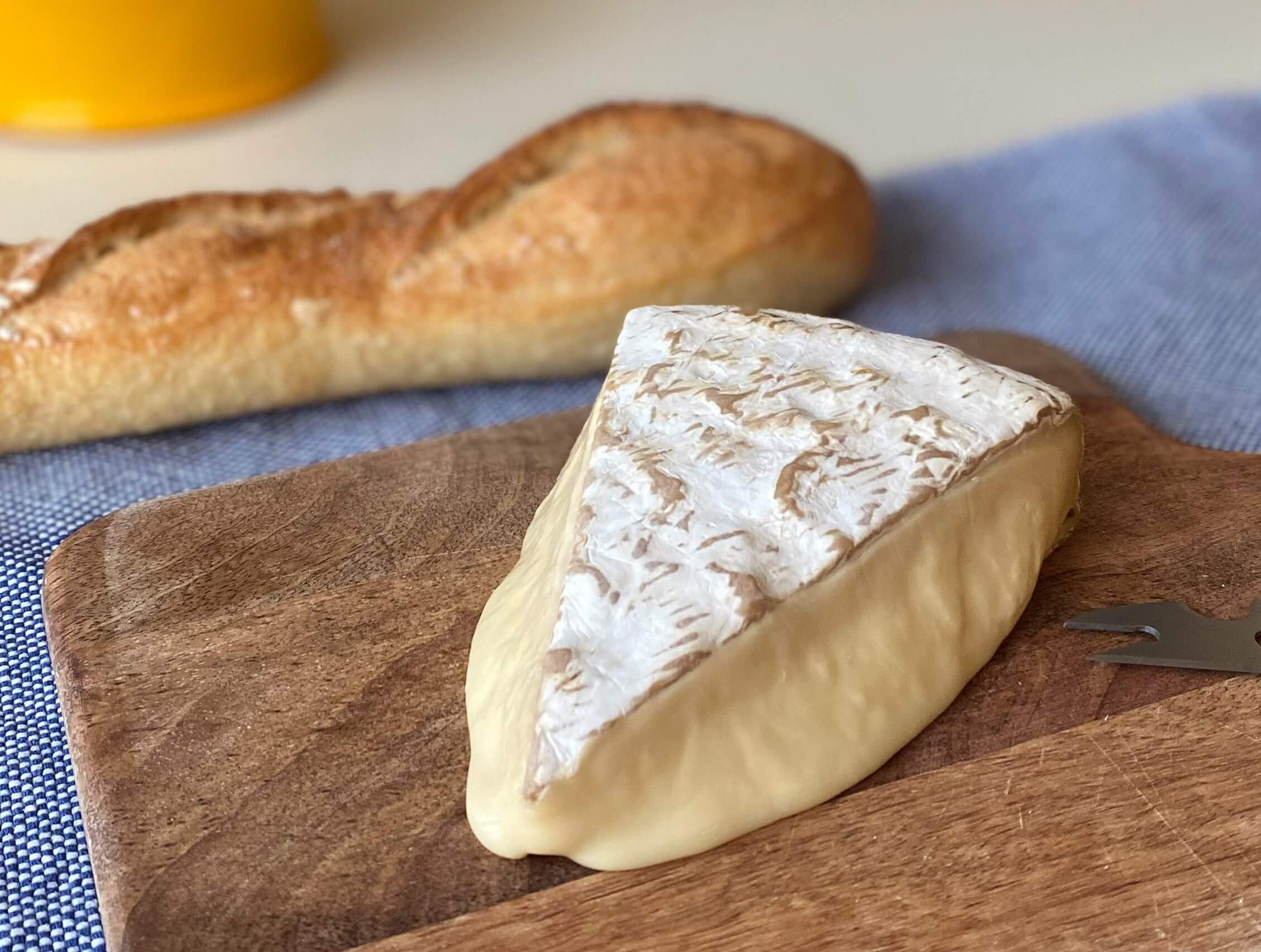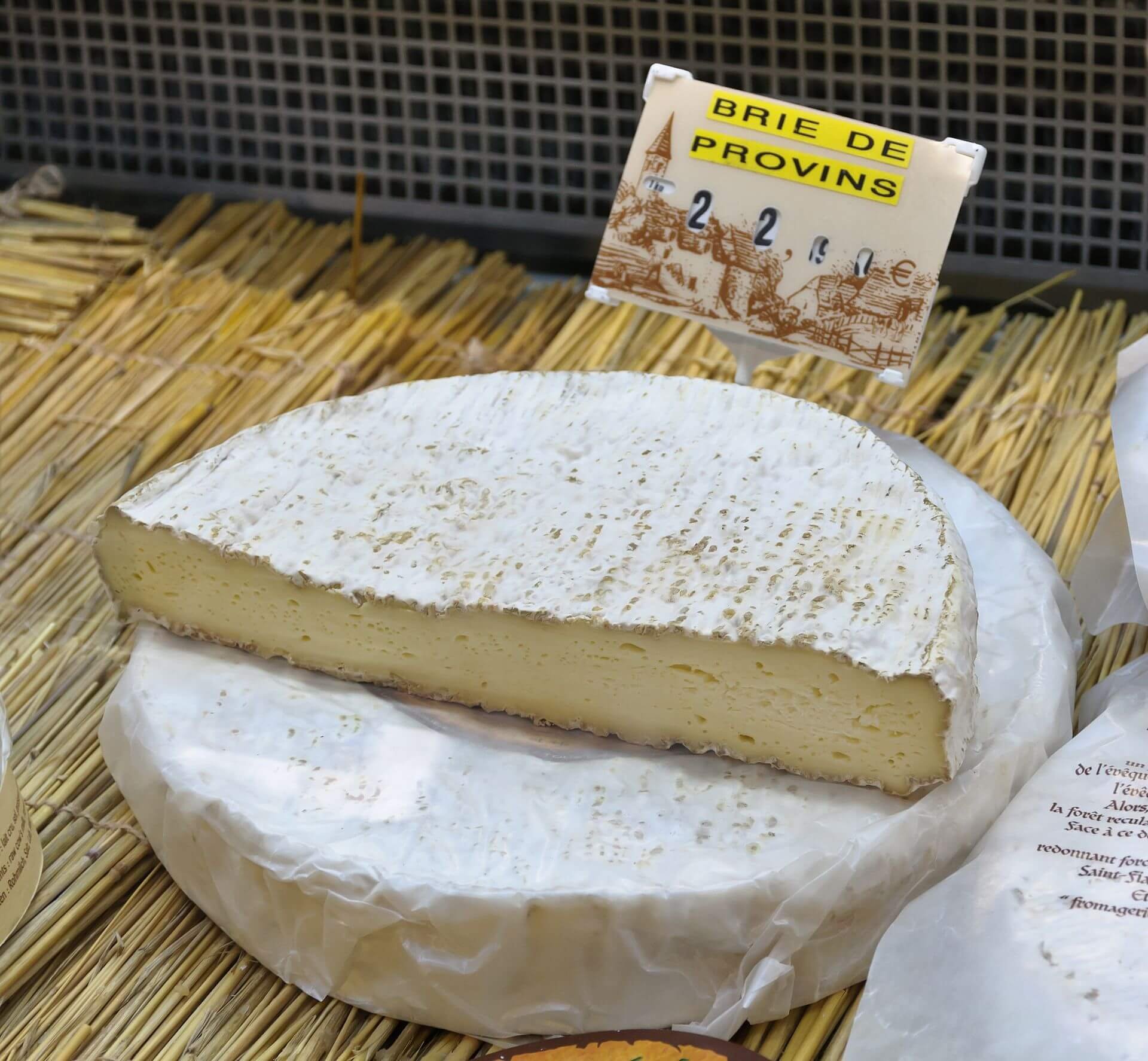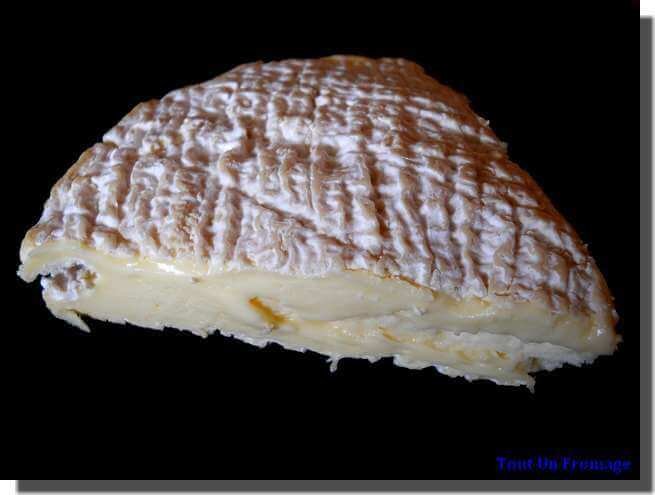Brie 101: What’s in A Name? When it Comes to Brie, Everything!
For many, the term “brie'' has become synonymous with a wheel of soft, mild cheese covered in a white, velvety rind. Which is a shame. French bries are packed with personality, so this simplified notion does little justice to these extremely rich, complex and flavorful cow’s milk cheeses.
So what is brie exactly?
Is it double cream? Triple cream? Can it be blue? How long is it aged? Is it pasteurized or not?
By definition, cheeses in the brie family are not double or triple cream, though many industrial versions are called double or triple cream “brie.” It’s good to remember that there are members of the bloomy rind family made in France that actually are double and triple cream cheeses, such as Chaource and Brillat-Savarin, but those are not classified as brie.
Also, bries are not blue cheeses, though there are mass-produced cheeses on the market that are labeled Brie au Bleu and Blue Brie. Generally, they are eaten young and reach their peak ripeness and flavor anywhere between 4-10 weeks, depending on which brie it is.
Genuine members of the brie family will be unpasteurized, however, pasteurized versions of brie and brie-style cheeses are sold around the globe.
Historically, rustic versions of hand ladled, farmstead fromages resembling brie were most likely created during the Roman times, and cheeses that we would recognize today as brie has been around since the 8th century. Sources state that Charlemagne enjoyed a brie-style cheese at his coronation banquet in 768 CE.
There are two bries that benefit from the rigid French and European protection standards, the AOC (appellation d’origine contrôlée) and AOP (appellation d’origine protégée): Brie de Meaux and Brie de Melun. These plush, unpasteurized cheeses cannot bear these names unless they’re made in a specific geographical area, the Brie region, which is located about 40 miles east and southeast of Paris. This is the heart of production for regulated bries and also home to an array of similar, bloomy rind cow’s milk cheeses that include Brie de Nangis, Brie de Provins, Brie de Coulommiers, le Fougerus, and Brie de Montereau.
Types of brie
Brie de Meaux Photo credit Jennifer Greco
Brie de Meaux AOC/AOP
The best known of the two protected versions, Brie de Meaux AOC/AOP has a luscious interior with flavors and aromas of mushrooms, melted butter, yeast, and sometimes a whiff of cruciferous vegetables. It is the largest of the bunch, weighing in at around 6 pounds. It was granted AOC status in 1980 and received AOP protection in 1996. It’s made in the Brie region, near Paris.
Brie De Melun Photo credit Jennifer Greco
Brie de Melun
The other most well-known brie it is an ultra-rich, naturally fermented cheese with a custard-like texture and savory flavors of mushroom soup and/or mushrooms sautéed in butter. It is aged 1-2 months and has a hit of salt on the rind and is more rustic and barnyard-like on the nose. It is smaller and thicker than Brie de Meaux and was also given AOC status in 1980 and AOP protection in 1996. Produced in the Ile de France and made using lactic fermentation.
"File:Wikicheese - Brie de Nangis - 20150515 - 015.jpg" byThesupermat is licensed under CC BY-SA 4.0
Brie de Nangis
A brie with a well-balanced, slightly stronger flavor than Brie de Meaux, but it’s not as potent as Brie de Melun. Mushrooms, fresh butter and grasses are the predominant notes in this silky smooth cheese. Its production ceased during World War II and reappeared in the 1980’s and it is offered in a smaller, 2.2 pound (1 kilo) wheel.
Brie de Provins, ici en vente sur le marché de la ville éponyme (Seine-et-Marne, France) by Myrabella / Wikimedia Commons is licensed under CC BY-SA 3.0
Brie de Provins®
This brie has the typical flavors and aromas of mushrooms and butter that all brie cheeses offer, with a refreshing, fruity acidity and a texture that is more chalky than its cousins. It has been around since the Middle Ages and is now made on one single farm, Le Domaine des 30 Arpents, who brought the cheese back from the brink of extinction in the 1980’s. The farm is home to 150 dairy cows which are fed exclusively from crops grown on their land, and they also make the last remaining Brie de Meaux “fermier” (farm produced).
Coulommiers cheese made from unpasteurized cow's milk by Myrabella / Wikimedia Commons is licensed under CC BY-SA 3.0
Brie de Coulommiers
Brie de Coulommiers has a melt in your mouth, fudgy texture and all the flavors and aromas that are found in a Brie de Meaux, but in a smaller package. The wheels weigh only 1 pound and are sold in both unpasteurized and pasteurized versions. (The pasteurized version has less character). It is aged 3-8 weeks and production has declined and it is not as well known outside of France although it is available. It is thicker than Brie de Meaux or Brie de Melun.
Fougerus photo credit Jennifer Greco
Le Fougerus®
This brie has been in existence since the 1960’s when a dairy farmer, Robert Rouzaire, created it in homage to a local cheese named Chevru, which is rarely seen outside the region. It is still only made by Rouzaire. It’s decorated with a dried fern leaf (fougère means fern leaf in French) which imparts subtle forest or woody aromas into this tangy, creamy cheese. The leaf was used initially to hide a blemish.
Photo credit A Year in Fromage by Kazz Regelman
Brie de Montereau
Brie de Montereau resembles Brie de Nangis but has a more pronounced flavor similar to that of Brie de Melun. As expected, the predominant notes are mushrooms, yet there is a hint of hazelnut sweetness. La Fromagère de la Brie is its sole producer, fabricating about 50,000 wheels a year. It is made from unpasteurized cows' milk cheese between July and March and aged for one month.
The rich, creamy texture of bries pair perfectly with brut champagne or sparkling wines. If you prefer red wine, a good choice is something fruity with some acidity, such as a wine from the Beaujolais region. Hard apple cider is also a great match.
Due to the AOC/AOP protection and the fact that most members of the brie family are made with unpasteurized milk, these cheeses are generally not sold in North America (though I did once spot a bona fide Brie de Meaux at a cheese shop in the US (I’m not naming names!)), which means the cheese would have to have been imported after 8 weeks due to the current regulations about raw milk cheeses, and unfortunately, not in its prime, flavor-wise. Once they’ve been aged too long, these cheeses sometimes emit aromas of ammonia, which is not ideal. Brie de Melun can be aged a bit longer, up to 10 weeks, so is sometimes available, also Brie de Coulommiers and le Fougerus can both be pasteurized and can therefore be sold in North America







